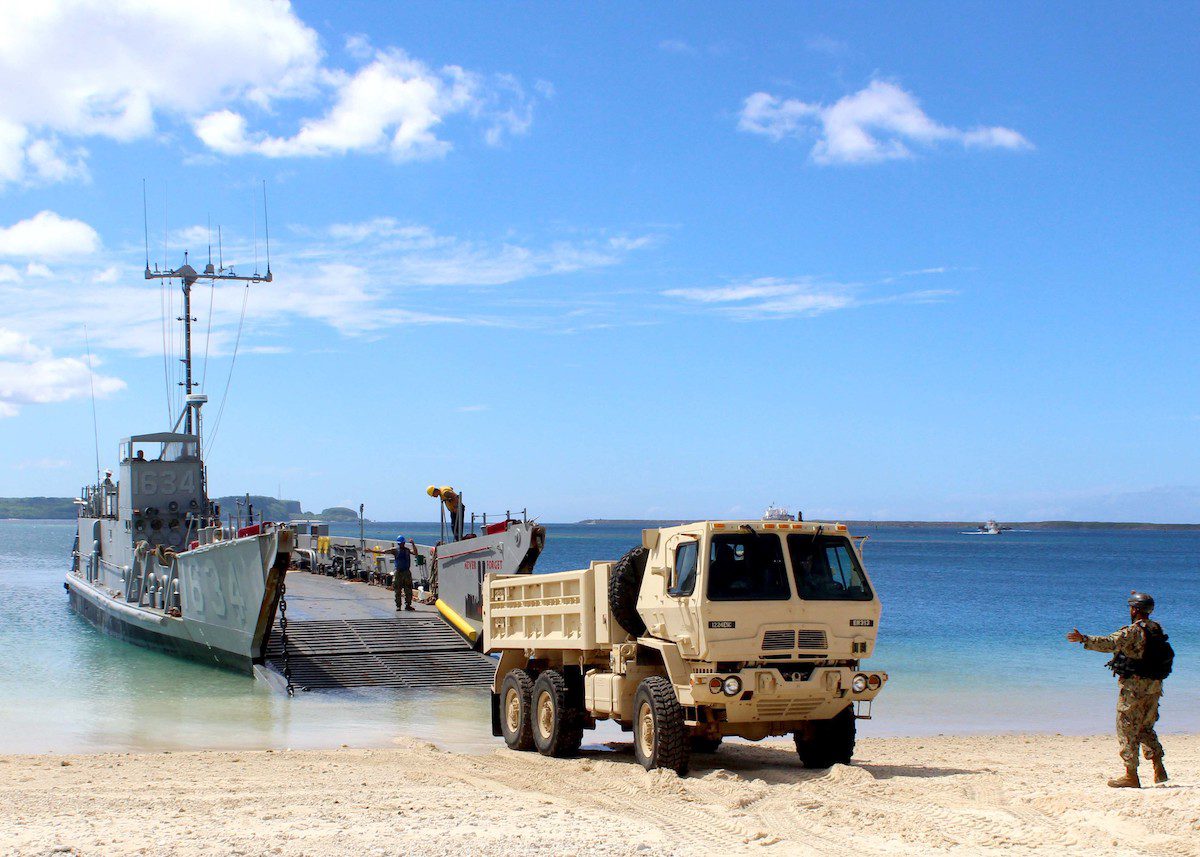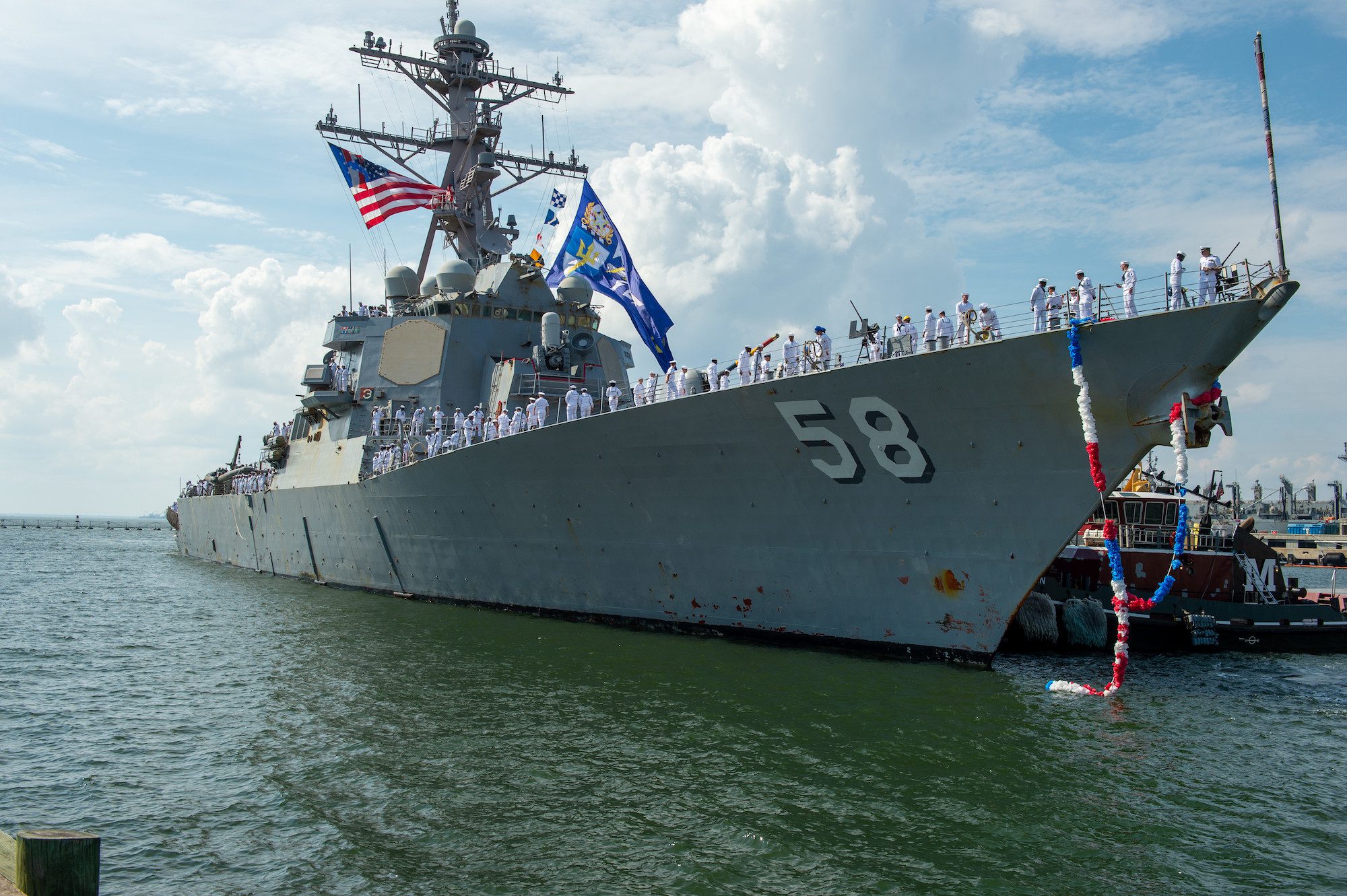Sorry if this is a belated drive-by posting on cadets, but lately I've been getting posts on my Facebook feeds from the Brit Army's Cadet organization.
I've always been a great fan of the cadet movement as a feeder organization to the reserves and regulars. If one goes back to the late 1800s, the Canadian government provided hundreds upon hundreds of rifle associations with free ammunition to impart an interest and skill in firearms in the public. The cadet movement was equally sponsored and supported to create an interest in the voluntary service in the masses of reserve (nonpermanent active militia) units which far outnumbered the regulars of the day who were essentially there to train the reserves and manage defence equipment and infrastructure.
What caught my attention about these posts is that the Brits make no pretense about what their cadets are starting with putting them into uniforms that look like a proper soldier.
And involving them in activities that are unapologetically military in nature
There clearly needs to be a gentle "easing in" for the youngest but with a clear path to activities for the oldest that create an easy, and desired, transition to the reserves. I'm of the mind that all to often we have a "looking down our noses" attitude - the regs on the reserves; the reserves on the cadets - when what there should be is an acceptance that these are progressive steps. An easy one is the look of the soldier. The second is recognition of the progressive step - hell! even the girl guides have a "fly-up" ceremony from brownies to juniors.
$0.02








